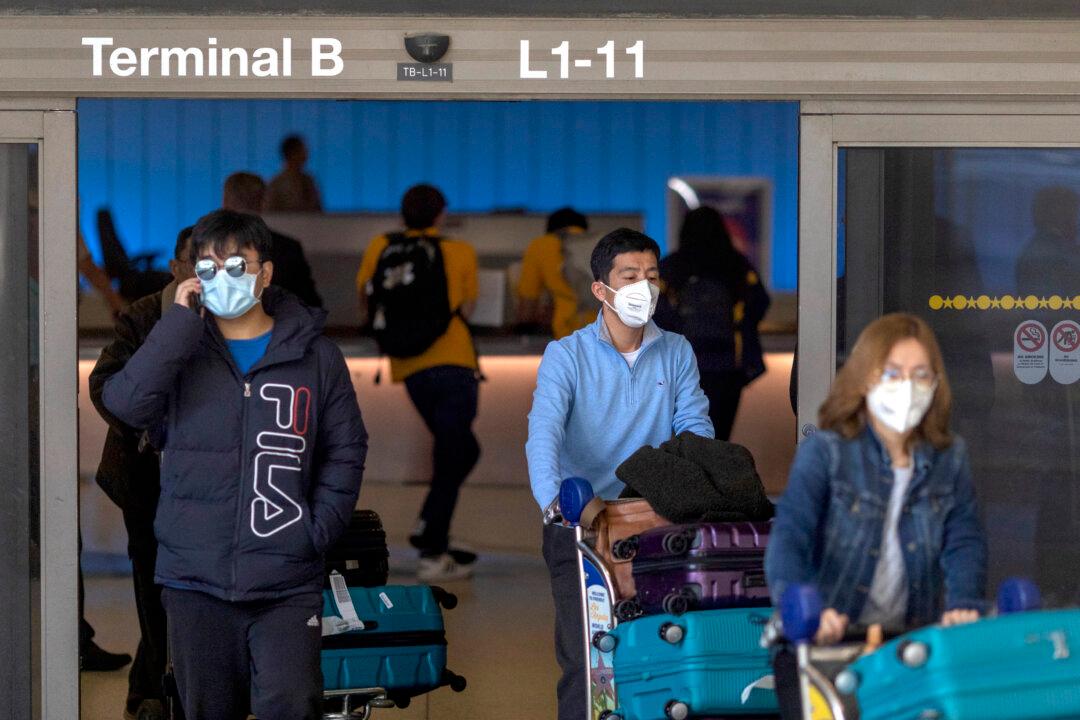Further travel restrictions will be announced “relatively soon” to prevent coronavirus from spreading, Transportation Security Administration (TSA) chief David Pekoske said on March 3.
Speaking to the U.S. Senate Appropriations Committee’s homeland security panel, Pekoske did not identify which countries the restrictions may apply to, but confirmed that there “will be additional countries.”





